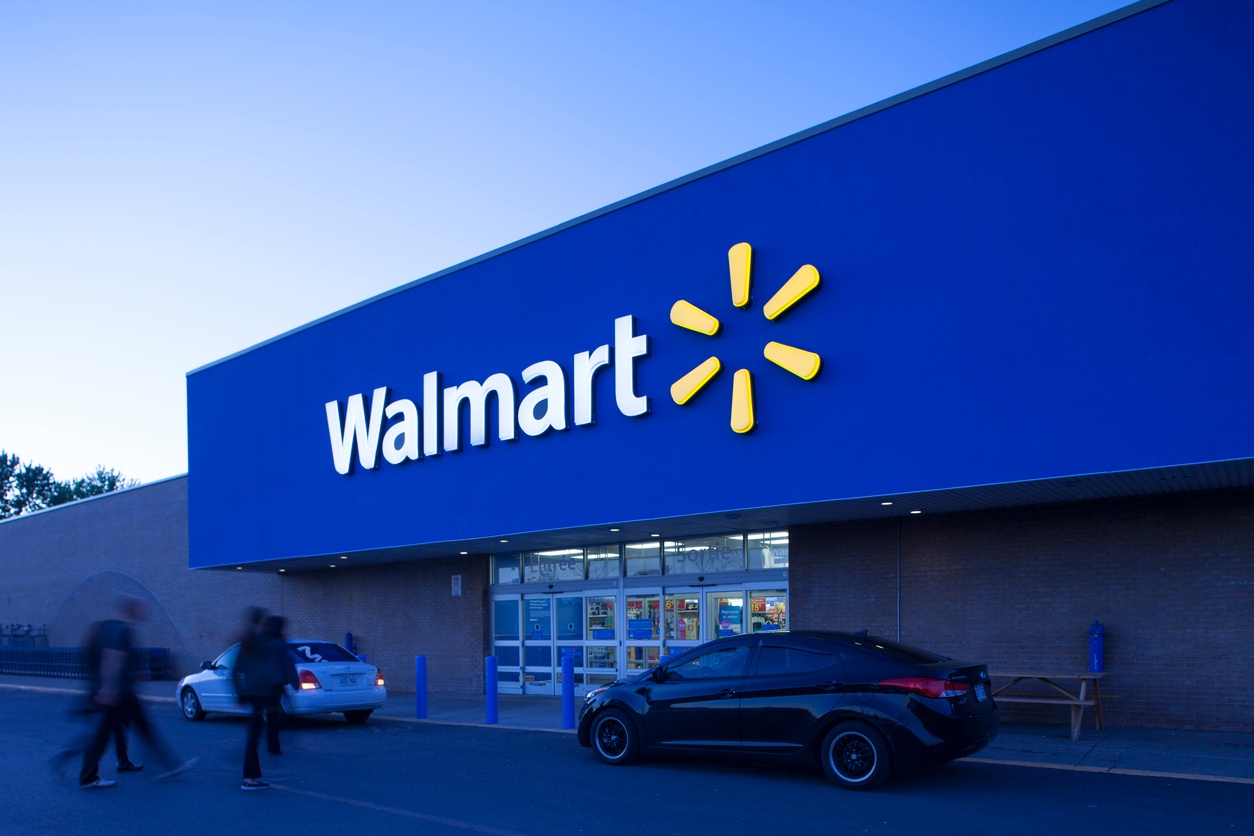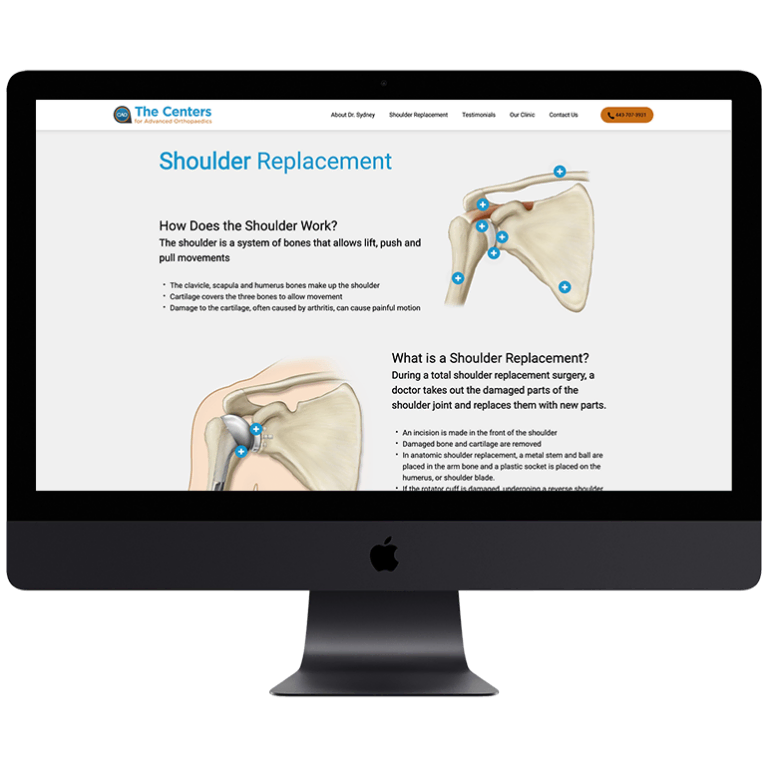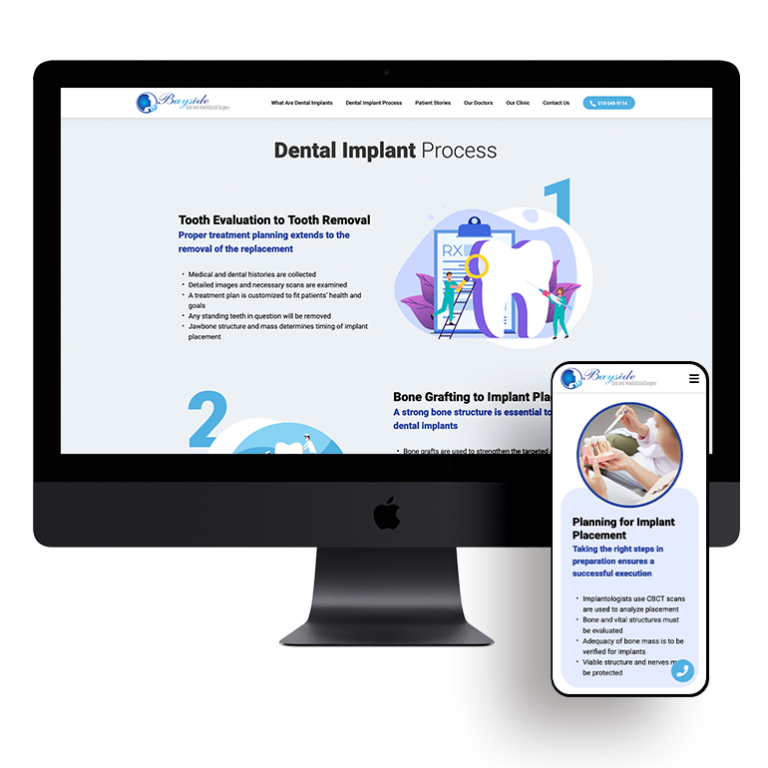Walmart may be looking to acquire Humana, which could make healthcare more accessible and cost-efficient for patients across the country.
The healthcare landscape is in a period of transformation, thanks to emerging technology and an increasing focus on consumers. Major companies such as CVS and Amazon are investing in patient-centric solutions to the increasing cost of care and decreasing rates of patient satisfaction. Now, Walmart may be throwing its hat into the ring.
As the nation’s largest retailer, Walmart could be looking to counteract Amazon’s growing influence on the market. It already operates approximately 4,500 in-store pharmacies and nearly 3,000 vision centers, as well as in-store clinics in Georgia, South Carolina, and Texas. To expand its reach further, Walmart is potentially looking to acquire health insurance powerhouse Humana, which is valued at $40.7 billion as of April 2018.
This possible merger with Humana could have far-reaching implications for how patients receive care, from changing the way personal healthcare data is collected to streamlining the manner in which they pay for prescription medicine. By making it easier for many people to access care, Walmart could revolutionize the market — especially for aging Baby Boomers.
Impact on Patients
According to Dr. David Friend, Managing Director at consulting firm BDO, “The healthcare organization that accurately captures and analyzes the data of the fast-growing U.S. demographic — seniors — stands to lead the industry of the future.”
By pursuing a possible merger with Humana, Walmart is likely hoping to do just that. Humana operates its own pharmacy benefits unit, and offers almost 200 standalone clinics to help Medicare members manage chronic health problems. It already partners with Walmart on a co-branded Medicare prescription drug plan as well. These features make it an attractive asset for Walmart, which is likely looking to diversify its revenue stream.
The Walmart-Humana merger has a high potential for success, especially in low-income and remote areas where healthcare is generally less accessible to patients. It could help expand healthcare services for seniors and rural consumers, who would be able to fill their medications at any Walmart store. As the largest employer in the U.S., Walmart is poised to benefit from this movement as well — the deal could potentially lower healthcare costs for its own 1.5 million employees.
Many Players in the Healthcare Game
This potential merger is reflective of two trends that are dominating the healthcare industry. The first — a focus on patient centricity — means that companies are working to make healthcare more accessible and convenient for patients. By offering more opportunities for Medicare members and rural consumers to receive the care they need, Walmart is giving patients more control over their health conditions and treatment.
Walmart’s move toward acquiring Humana also fits nicely among moves made by larger companies to enter the healthcare industry. More and more corporations have realized the benefits of investing in an increasingly valuable healthcare market, and are choosing service lines that align with and complement their core businesses.
Despite the fact that national retailers and large corporations are encroaching on traditional healthcare provider territory, this merger has the potential to do real good for consumers. It reflects a growing focus on their needs, including lowering costs and providing more accessible care.































































 Smart Design Creates New Patient Opportunities
Smart Design Creates New Patient Opportunities